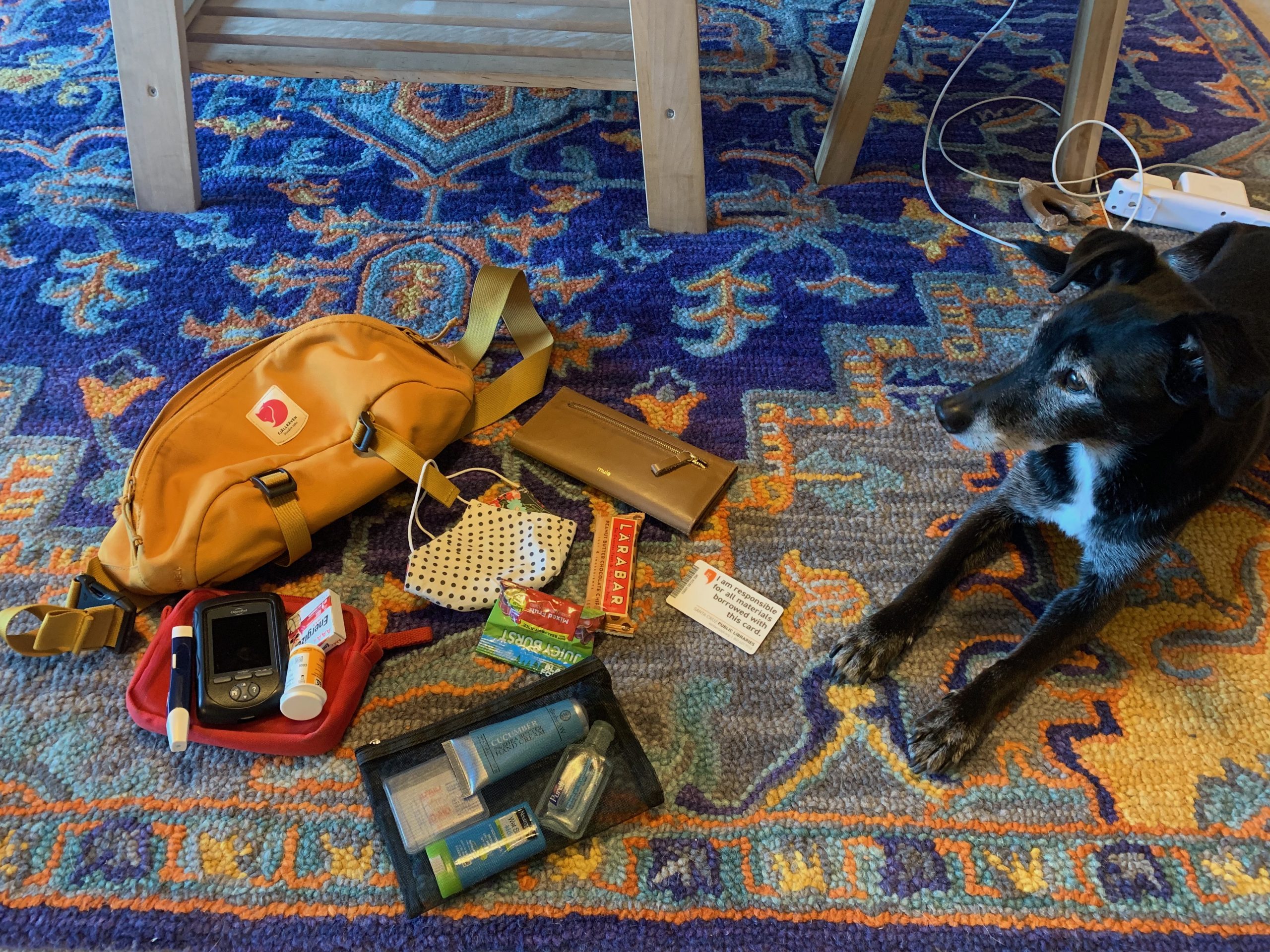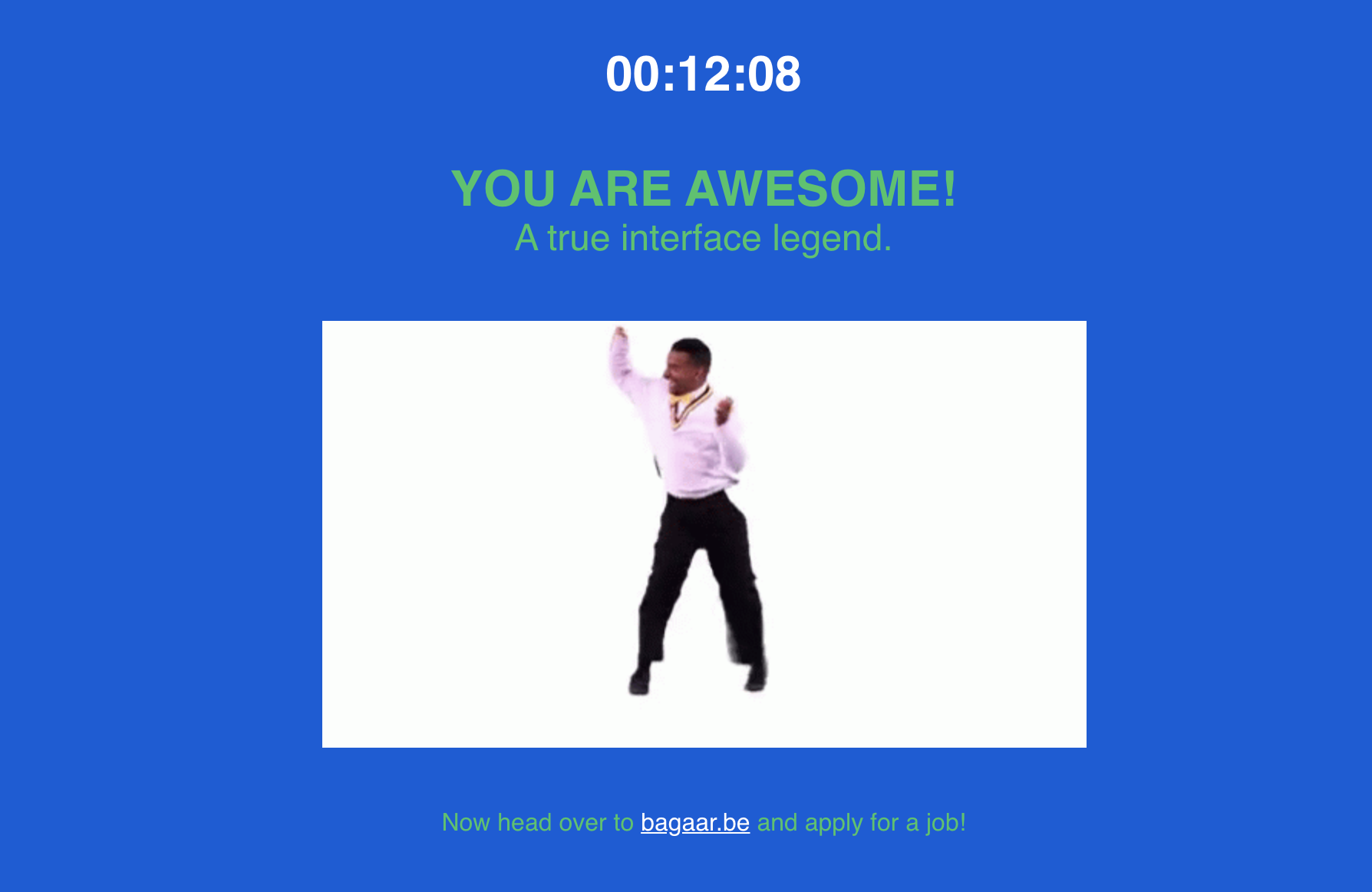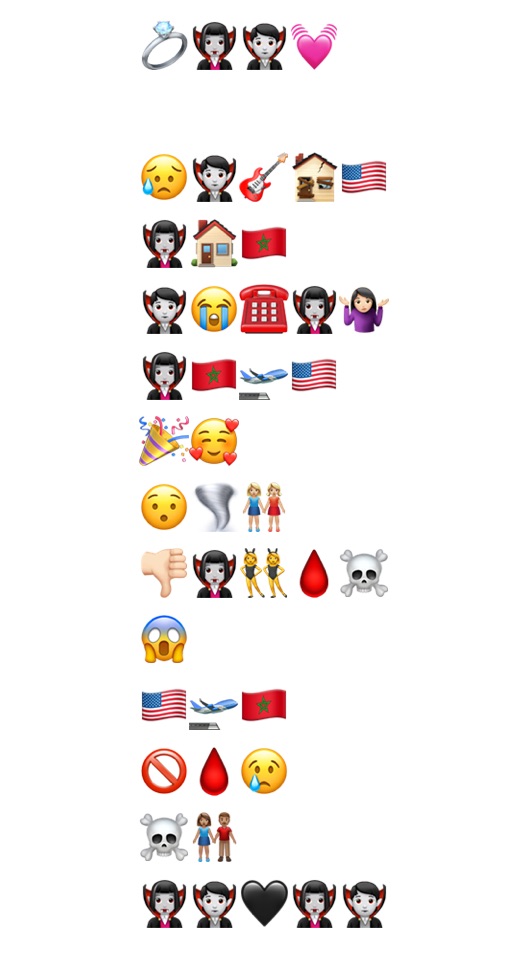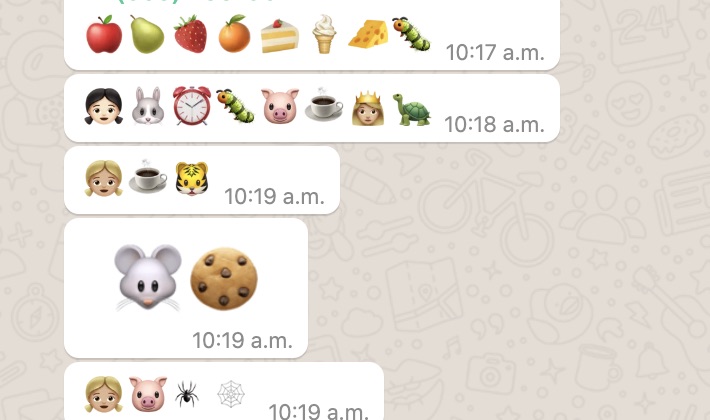My name is Megan. This is my bag.

My bag… and dog.
Here is a list of what is inside:
Pictured:
- insulin pump kit including blood glucose test strips, lancing device and backup batteries
- fruit snacks
- energy bar
- wallet
- public library card (loose)
- homemade fabric mask
- toiletries bag with hand cream, sanitizer, mini-first aid kit, sunblock
- My dog, who upon seeing me pick up my bag would not let me out of his sight. Time for a walk? Car ride?
Not pictured:
For this exercise I have chosen to focus on two items from my bag. My library card and my insulin pump kit. Both offer a conduit for reflection on text, technology and privilege.
The library card is the most direct connection to what I think of as text. Going to the library to access texts has fundamentally changed during the pandemic. My daughter chooses what books to check out through an online portal. She is in kindergarten and the pandemic has made me more conscious of the tactile and visual experience of selecting books for children her age. With the advent of tablets and digital books there was widespread fear that printed books would cease to exist. Her forced ejection from spaces filled with printed texts (school and the library) has distilled how inadequate digital texts are at engaging early readers. She tends to have fewer opportunities to stumble upon new stories, authors or ideas. I am an intermediary between her and the texts she hopes to explore. I often find myself translating six year old ideas into Boolean search terms.
The library card represents my own level of education, privilege and luxury of time. It speaks to the public institutions that children occupy, and how they are (or are not) valued. I started going to the public library on a regular basis fairly recently, after moving to California and caring for my daughter full time. I hadn’t fully realized how much this space is occupied by women and children. The vibrancy of a neighbourhood public library is so closely tied to both the municipal property tax base and the values of the community. Where I live, libraries are a manifestation of liberal leaning tech wealth. The community is hyper focused on childhood achievement and the public library is a source of both printed texts and digital literacy. “Coding for Kids” programs are common. This is an example of text as a source of authority and power. Beyond simply being able to navigate the changing space of reading and writing on the internet, children in Silicon Valley are folded into a dynasty that controls and writes the infrastructure of digital spaces we all occupy.
The insulin pump “PDM” (personal diabetes manager) is a complicated text technology. This device controls the tubeless insulin pump “pod” which is attached to my body at all times. It enables me to communicate wirelessly with the pod, sending commands and programming complex basal/bolus calculations. It also maintains a record which can be uploaded and shared with my medical team through a cloud based interface. I think a lot about digital literacy and how that relates to patient care and chronic disease management. Before I started using an insulin pump I had to manually test my blood sugar, calculate my insulin dose, draw and inject insulin, and write a paper record of what I did. It was very difficult to distill information or patterns from a paper record. My ability to manage my disease is objectively better now than it was 20 years ago when I was diagnosed. I am conscious of the multiple levels of privilege required to access and engage in this level of data management and medical technology.
I just started using an insulin pump 3 years ago. Prior to that the whole process of dosing insulin was on public display. Most of the time my pod is covered by clothing and I “pass” as non-disabled. The ritual of testing and dosing insulin before a meal has been supplanted. Now I pull out what looks like a bizarre cellphone and press some buttons. My bag reveals the truth of my lived experience. I think an archeologist would understand my body and my relationship to the PDM as a text technology in much the same way we understand the starvation diets used to treat people with diabetes 100 years ago. The technology (treatment) is a rudimentary stop gap to prolong life. The insulin pump company I use plans to release a “hybrid closed loop” artificial pancreas within the next year. An artificial pancreas would not be possible without sophisticated dosing algorithms which exceed what the human brain is capable of fine tuning in real time. One can only imagine what medical technologies and the literacies required to navigate such interfaces will be like in the future.






